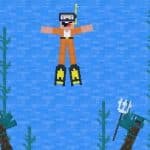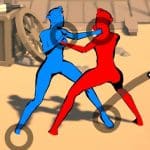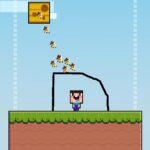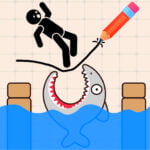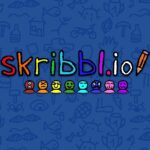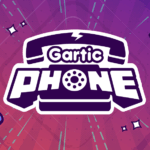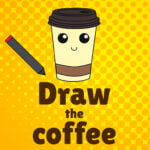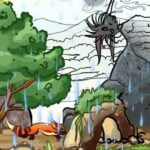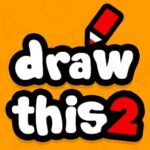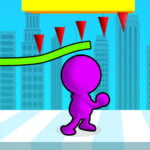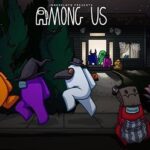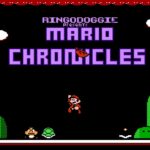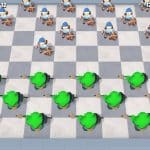Drawing Games are the Internet’s Most Creative Social Playground ✍️
Drawing games are a digital celebration of imagination, quick thinking, and unexpected hilarity. These games turn simple sketches into shared experiences, where every squiggly line and oddly-shaped doodle leads to laughter or a surprising guess. Aspiring artists and even those who struggle to draw a stick figure will find a welcoming space in this genre, complete with open arms and a blank canvas.
Unlike typical arcade games or puzzle games, drawing games don’t rely on reflexes or strategy alone—they invite creativity, humor, and sometimes chaos. From classic sketch-and-guess formats to AI-based drawing recognition tools, these games are evolving rapidly while retaining their core simplicity and social charm.
🧠 What Makes Drawing Games So Enjoyable?
These games go beyond mere drawing—they create a space for shared humor, real-time interaction, and creative thinking. Here’s what makes them stand out:
- 🎯 Guessing Meets Drawing: Many drawing games revolve around turn-based drawing and word-guessing, allowing players to test both their sketching and deduction skills.
- 🕹️ Accessible to All Skill Levels: Artistic skill isn’t a barrier. Even the worst drawings often become the most memorable moments.
- 👥 Social by Design: Multiplayer modes make these games ideal for friends, family, or online strangers, creating instant bonds through doodles and guesses.
- ⏱️ Time-Packed Rounds: Limited-time prompts inject urgency and humor as players scramble to illustrate bizarre words or phrases.
- 📱 Cross-Device Compatibility: Most drawing games are playable on browser or mobile, making them easy to access without downloads.
🌍 A Genre Loved by All Ages and Backgrounds
Drawing games have proven especially popular among audiences aged 15–35, though they appeal just as much to younger children and families. Educators also incorporate them into learning environments due to their focus on vocabulary, expression, and collaboration.
Popular games like Skribbl.io, Draw Something, Gartic Phone, and Quick, Draw! have become staples for virtual hangouts, party games, and even livestreaming sessions. These games naturally align with multiplayer games, word games, and casual games, helping broaden their discoverability and appeal.
🖌️ From Fun to Function: Educational and Creative Utility
Aside from entertainment, drawing games are often used in educational settings:
- 📚 Boost Vocabulary & Spelling: Word-guessing mechanics help improve literacy skills in an interactive way.
- 🎨 Enhance Visual Thinking: Players learn to simplify complex ideas into visual symbols.
- 👨🏫 Classroom and Remote Learning Tools: Teachers use drawing games as warm-up exercises or ice-breakers during virtual lessons.






